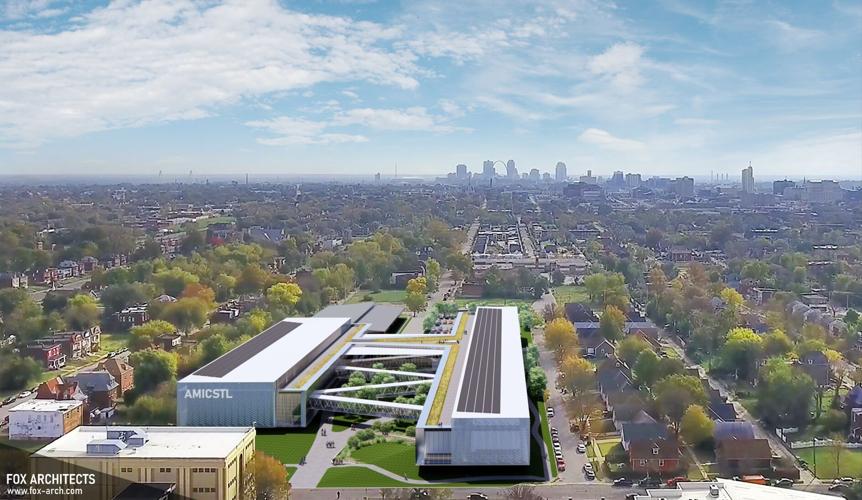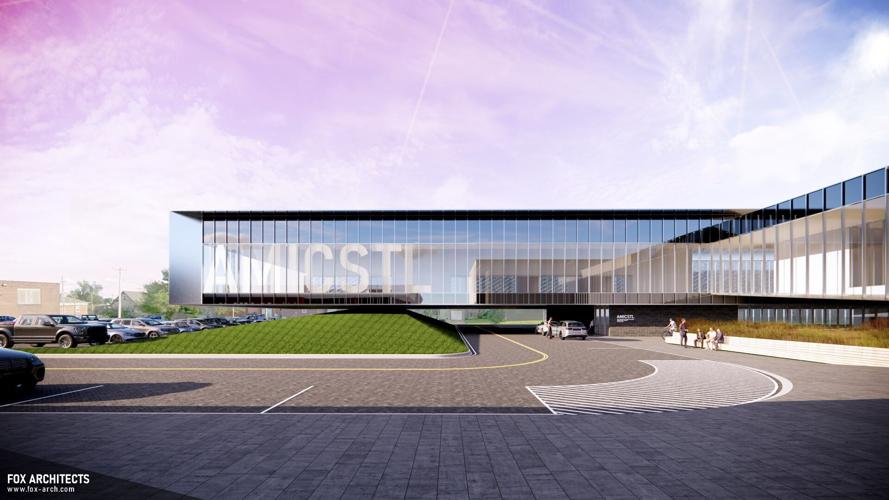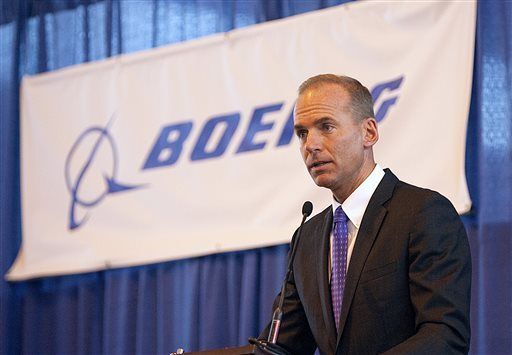ST. LOUIS ŌĆö A $25 million federal grant the Biden administration announced Friday will help jump-start work on an advanced manufacturing innovation center in north ├█č┐┤½├Į and pay for workforce training and entrepreneurship programs across the region.
The grant, part of the U.S. Economic Development AgencyŌĆÖs $1 billion established in the 2021 American Rescue Plan Act, was touted as a major win by Greater ├█č┐┤½├Į Inc., a regional economic development group.
├█č┐┤½├Į is one of just 21 regional grant winners that received between $25 million and $65 million out of 60 finalists and more than 500 initial applicants.
People are also reading…
ŌĆ£We canŌĆÖt say this enough: when the ├█č┐┤½├Į metro works together and speaks with one voice, we succeed,ŌĆØ Greater ├█č┐┤½├Į CEO Jason Hall said in a statement. ŌĆ£Working together as a metro is working, and it is how we will win this next decade for ├█č┐┤½├Į.ŌĆØ
ItŌĆÖs also another win for the still young Greater ├█č┐┤½├Į, formed less than two years ago by the merger of five civic and business groups including Civic Progress, the former ├█č┐┤½├Į Regional Chamber and Downtown STL Inc. The group, which supplanted several competing business groups, has also helped land a direct flight to Germany, lure major employers and spur redevelopment of long-vacant downtown buildings.
Greater ├█č┐┤½├Į was the formal applicant for the grant, but it worked closely with the ├█č┐┤½├Į County-centric ├█č┐┤½├Į Economic Development Partnership, which back in 2015 helped develop the initial concept. The advanced manufacturing center is now envisioned as a 140,000-square-foot facility near Ranken Technical College. The , and former Boeing CEO Dennis Muilenburg is serving as chairman.

In this Aug. 19, 2010 file photo, Dennis Muilenburg, then executive vice president of Boeing Co., and president and CEO of Boeing Defense, Space and Security, speaks during a ceremony at MidAmerica Airport in Mascoutah,.
Deindustrialization has walloped ├█č┐┤½├Į, and the grant application highlighted its disproportionate impact on Black residents as well as the larger regionŌĆÖs struggles with stagnant population and job growth. But even after the industrial decline, a good deal of the sectorŌĆÖs infrastructure and talent remains from the cityŌĆÖs days as a 20th century manufacturing giant. Major employers such as Boeing and General Motors employ thousands, and smaller factories making highly specialized products are prevalent throughout the region.
ŌĆ£We have an extraordinary opportunity here to rebuild on whatŌĆÖs actually a very strong manufacturing ecosystem,ŌĆØ Muilenburg said in an interview. ŌĆ£The fabric of manufacturing here is exceptionally strong, and we have a chance to transform it for the future.ŌĆØ
Bolstering advanced manufacturing can help connect the other two sectors ŌĆö bioscience and geospatial technology ŌĆö in what officials are beginning to call the regionŌĆÖs ŌĆ£tech triangle.ŌĆØ
ŌĆ£The ├█č┐┤½├Į Tech Triangle coalition will build a national model for inclusive economic growth, building upon the regionŌĆÖs industrial foundation to create a strong, resilient economy for the future,ŌĆØ U.S. Secretary of Commerce Gina Raimondo said in a statement.

Commerce Secretary Gina Raimondo speaks during a White House event on Thursday, Sept. 1, 2022, in the Indian Treaty Room of the Eisenhower Executive Office Building in Washington.┬Ā
Muilenburg is involved because he calls ├█č┐┤½├Į home ŌĆö he served as chief of BoeingŌĆÖs defense business in north ├█č┐┤½├Į County before becoming CEO in 2015, and his two children grew up here. He actually commuted to Boeing headquarters in Chicago while he was CEO from 2015 to 2019, he said.
Design work and contractor selection is already underway for the advanced manufacturing center, with construction expected to start in mid-2023 and completion by 2025, Muilenburg said. About $7 million of the grant will go toward construction of the new advanced manufacturing center, which, along with programming, is expected to cost $55 million to $60 million.
Boeing last week announced a $5 million contribution, and Muilenburg said more fundraising to fill the gap is underway, from private, philanthropic and government sources. Some $16.3 million in local matching funds have already been secured on top of the $25 million grant.
ŌĆ£That gives us a very good start,ŌĆØ he said. ŌĆ£WeŌĆÖve got some other industry commitments that have already been made but not yet announced.ŌĆØ
The center will serve as the future ŌĆ£hubŌĆØ of the regionŌĆÖs advanced manufacturing ecosystem, backers hope, used for training, research and development and prototyping and production.
The grant funding will be divvied up between the effortŌĆÖs various partners, including $1 million for training through Rung for Women, $2.5 million for an advanced manufacturing training academy at Southwestern Illinois College and $3 million for a similar training center through ├█č┐┤½├Į Community College. ThereŌĆÖs $1 million for a pharmaceutical manufacturing program at Cortex, and $3 million for Greater ├█č┐┤½├Į and the Economic Development Partnership to build the manufacturing ecosystem. Some $7.5 million will be split among BioSTL, Harris-Stowe, WEPOWER and the Small Business Empowerment Center to promote racial equity in manufacturing entrepreneurship.
The workforce training component is critical, Muilenburg said. Manufacturers here have long cited difficulty filling positions that require more technical skills than the factory jobs of the past.
ŌĆ£ThereŌĆÖs no shortage of manufacturing jobs today,ŌĆØ he said. ŌĆ£ThereŌĆÖs tremendous, tens of thousands, of unfilled manufacturing jobs, and what we need is the talent.ŌĆØ
EditorŌĆÖs note:┬ĀThis story has been updated to correct the size of the planned advanced manufacturing center.┬Ā
















